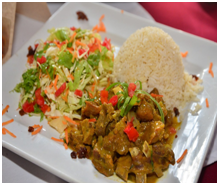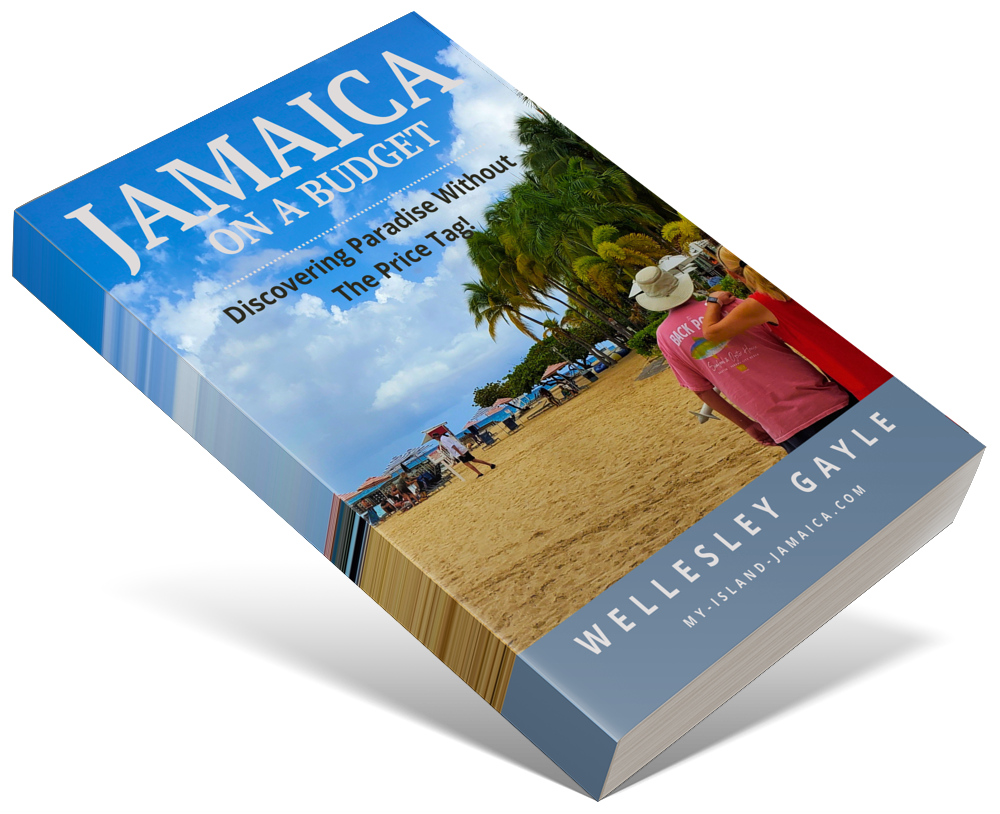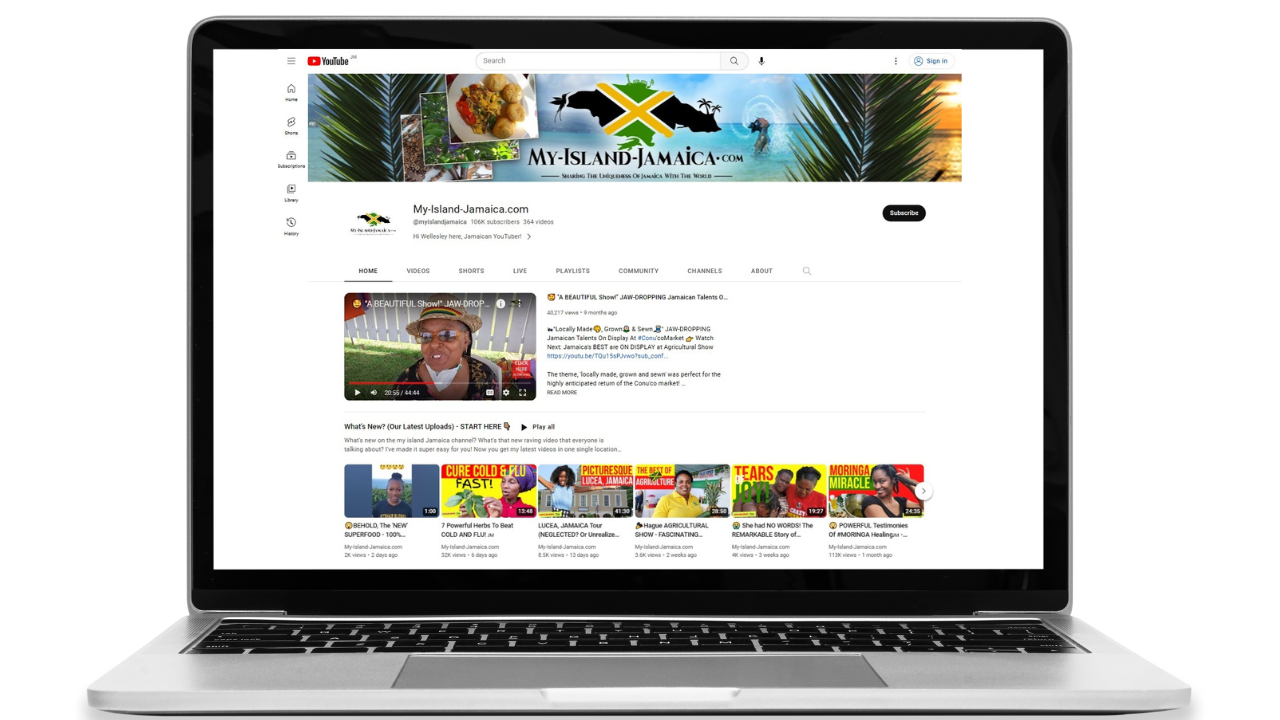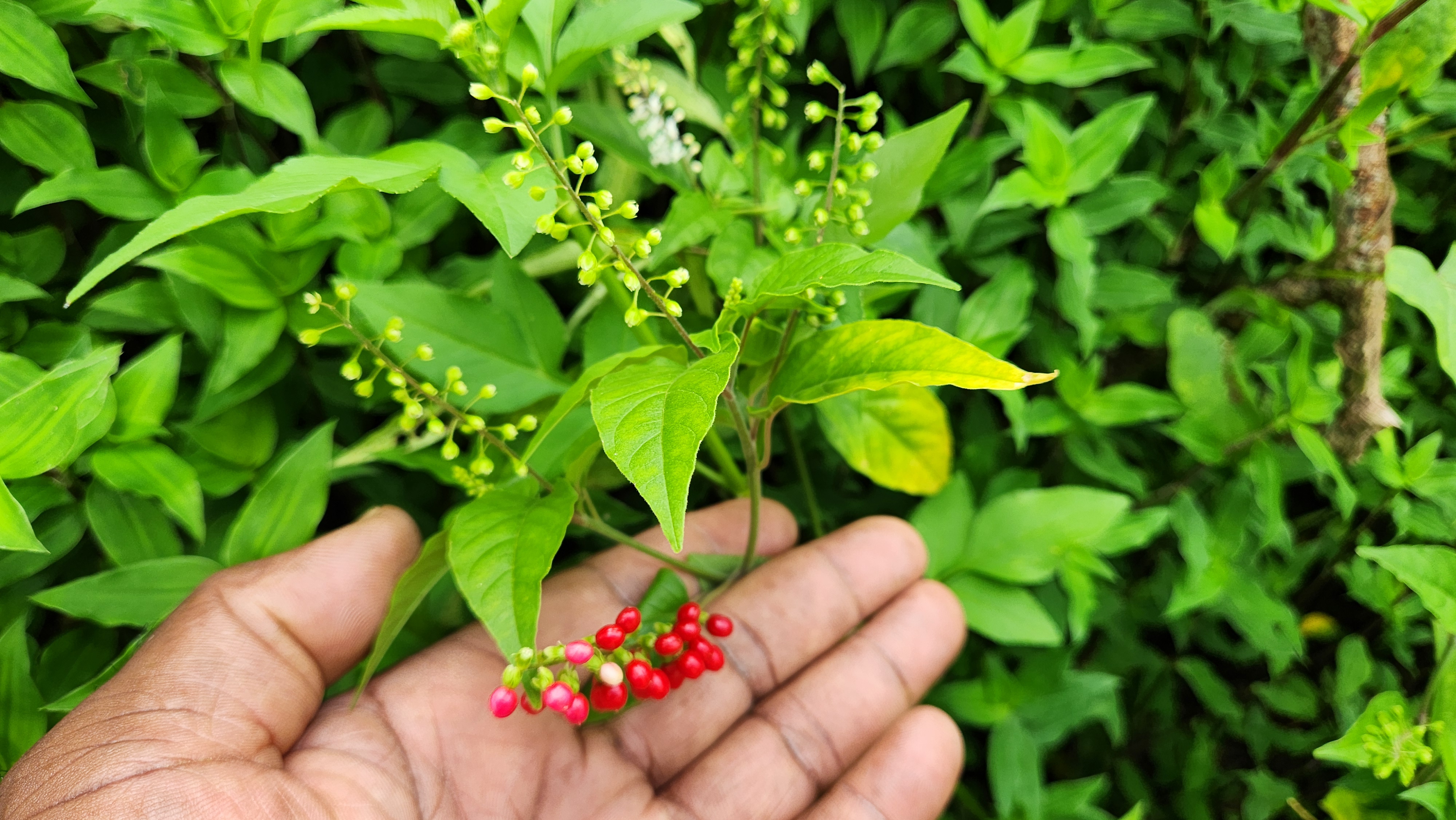Subscribe for all my updates and don't miss a thing! Sign me up!
The Legacy of The Indians In Jamaica - 9 Contributions to Our Heritage
by Deon Clarke | Associate Writer
When Did The Indians Come To Jamaica?
May 10, 1845 might have been a regular day for those living in Jamaica at that time, but today it is significant in the sense that, that is the first recorded ship with indentured Indians arrived on the island. Two hundred men, twenty-eight women and thirty-three children disembarked the S. Blundel Hunter at Old Harbour Bay. Over time, the Indian population increased to approximately 70% as about 36,400 more immigrants took the exhaustive 4-month journey to make Jamaica their new homeland. Since then, they have influenced Jamaican culture significantly. Let’s take a closer look at their history in Jamaica and their contributions to our heritage.
Where In India Did They Come From?
After the emancipation from slavery in 1838, the plantation owners were forced to bring in indentured workers for very cheap labour from Europe, Asia, and Africa to maintain the very profitable sugar industry.
Most of the Indians who came were from Bihar, Agra, Bengal, Oudh, Bengal, and Nepal. After 1900, others also came from Madras and Punjab. They worked on the sugar estates in the parishes of Clarendon and Westmoreland and later became chief banana farmers in the parish of St. Mary.
The Reasons They Stayed In Jamaica
At the initial stage, they had one-year contracts but after 1860, this was extended to 5 years. The arrangements of the contracts were made in Calcutta (now Kolkata) and Madras (now Chennai) and would end upon payment. The contracts also included return passage.
However, only about 38% of the indentured workers were able to return as a number of contracts were breached by the employers. With not much income, many could not afford to return home and were literally forced to remain in Jamaica. Others chose to settle here and made a living by farming rice, vegetables, and fishing. Others became silversmiths, goldsmiths, and merchants.
Intermarriages with people of other cultures in Jamaica were not unusual for Indian women as the Indian population was low.
The indentured labour program came to an end in 1917 due to World War I as it was too expensive to maintain. The last set of Indian immigrants came in 1916 and fulfilled their contract period. By 1929 they were afforded the opportunity to settle where they desired.
What Were Their Contributions?
Of course, they would have brought their culture and practised it freely. This has been passed down the generations as well as from others who continued to come and settle in Jamaica.
The Indians made a number of contributions to Jamaica including the below:
- The celebration of Hosei, which was symbolic of the creative exchanges that were made between the African-Creole and Indian cultures epitomises Indo-Jamaican heritage. What started out as a Muslim Indian affair soon stretched to include the African’s participation.

Photo: Jamaican Curry Goat with Rice and Peas and Vegetables - They introduced spices like curry powder to Jamaican cuisine.
- They were skilled metalsmiths and jewellery workers and created gold, silver, and brass jewellery and ornaments.
- They introduced innovative methods of farming including the cultivation of rice.
- They included their distinctive music, dance, and traditional dress into the Jamaican culture. Additionally, the influences of their belief systems have also been incorporated into Jamaican religious practices.
- They used marijuana for medicinal and spiritual purposes
- They brought lots of new plants and trees along with their products such as coolie plum, betel leaves, betel nut, tamarind, mango, and jackfruit.
- They incorporated many of their traditional Indian foods into the Jamaican culture such as curry goat, curried potato, roti, eggplant, okra, callaloo, and bitter gourd, which have all become a part of the national cuisine.
- The origin of the term ‘Gong’ which was made popular by Bob Marley, who was called “Tuff Gong” is an abbreviation of the Hindi word Gangunguru which means ‘great king’ or ‘king of kings’. The name Gong was also ascribed to Leonard Howell, a prominent figure in the rastafarian community.
I also recommend you read, Where did Jamaican ancestors came from?.
Regards,
DC
References:
- 10 Contributions Indian Immigrants Made to Jamaica, Jamaicans, https://jamaicans.com/10-contributions-indian-immigrants-made-to-jamaica/
- https://nlj.gov.jm/history-notes-jamaica/, National Library of Jamaica, https://nlj.gov.jm/history-notes-jamaica/
- INDIAN INFLUENCE ON JAMAICAN CULTURE AND GROWTH OF RASTAFARI, Africa Source, https://www.africaresource.com/rasta/sesostris-the-great-the-egyptian-hercules/indian-influence-on-jamaican-culture-and-growth-of-rastafari/
- Pieces of the Past:The Arrival Of The Indians, Jamaica Gleaner, https://old.jamaica-gleaner.com/pages/history/story0057.htm
- Indo-Jamaicans, Wikipedia, https://en.wikipedia.org/wiki/Indo-Jamaicans
- Celebration of Indian-ness in Jamaica | Art & Leisure, Jamaica Gleaner, https://jamaica-gleaner.com/article/art-leisure/20170903/celebration-indian-ness-jamaica
Editor's Note
Don't hesitate to submit your questions here! With well over 2000 questions already answered, chances are we can assist :-)
New! Get My Latest Book👇🏿
|
You asked, I've answered! You no longer need to save for months or years, to enjoy paradise! I spilled the beans! sharing my top tips on finding cozy accommodations and secret gems, only the way a native could! Click Here to pick it up on my e-store and start saving now! |
See The Best Of Jamaica - In Videos!
|
My channel reaches over 140,000 subscribers worldwide and has leveraged over 11 million views, sharing, what I call 'The Real Jamaica'. Subscribe today and join our family of viewers. |
Read More ...
New! Experience The REAL Jamaica!
Book Your Private Tour here and experience Jamaica the way we (locals) do!
P.S. Didn't find what you were looking for?
Still need help?
Click Here to try our dependable and effective Site Search tool. It works!
Or, simply click here and here, to browse my library of over 500 questions and answers! Chances are someone already asked (and got an answer to) your question.






